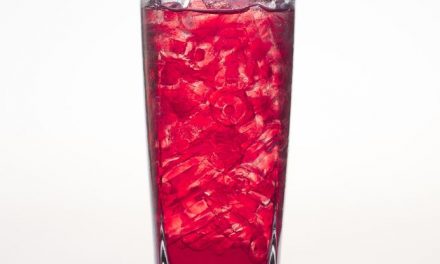If you are one of the Americans that dutifully separates, sorts, and even hauls your recyclables to the curb- thank you. For a long time, our recyclables were kept out of our landfills, destined to become something else, in China.
“For decades, China couldn’t get enough of our precious plastic trash, which was transformed into new consumer products and packaging and sent back our way. In 2016 alone, Chinese manufacturers imported a staggering 7.3 million metric tons of recovered plastic from the U.S. and other waste-exporting nations. In total, roughly 70 percent of all plastic collected for recycling in the U.S. was once shipped to China for processing.”1
However, that all changed in 2018 when the Chinese government implemented “National Sword,” a globally disruptive policy that’s seen China’s plastic imports fall by 99 percent. It seems Chinese manufacturers are now using domestic waste for their raw materials.
RELATED STORY:
But here in the U.S., most municipal recycling programs are really just getting their footing and many have scaled back. Sadly, for communities without alternative markets to offload plastic, recyclable waste is staying put and being disposed of by other means, including being dumped in landfills or hauled to waste-to-energy incineration facilities.1
RELATED STORY:
And incineration seems to be the easiest method. Although it is doubtless the most costly to the environment.
“Although it generates more energy when incinerated, burning petroleum-based plastic can be more polluting than run-of-the-mill household solid waste. This is particularly true with regard to the release of highly toxic dioxins. Older incineration plants in the U.S. are also designed differently than clean-burning ones found in Scandinavia, which employ advanced emissions-control technologies to more effectively trap dangerous air pollutants (and sometimes feature snazzy artificial ski runs on their roofs.)
Simply put, while incinerating plastic may help tamp down one environmental nightmare, it can contribute to an entirely different one.”1
RELATED STORY:
But what about those incinerators? Are they that bad? According to Will Sullivan, yes. “Pollution control systems scrub the exhaust gases of some harmful pollutants before releasing it into the atmosphere. But it’s impossible to eliminate them all, and quite a bit of pollution manages to sneak through the filtration systems. While these incinerators do produce energy, the process is neither clean nor efficient.”1
Simply putting our plastic in a landfill is bad. However, incineration isn’t a whole lot better. So what do we do? Consume less plastic. Full stop.
SOURCE:












